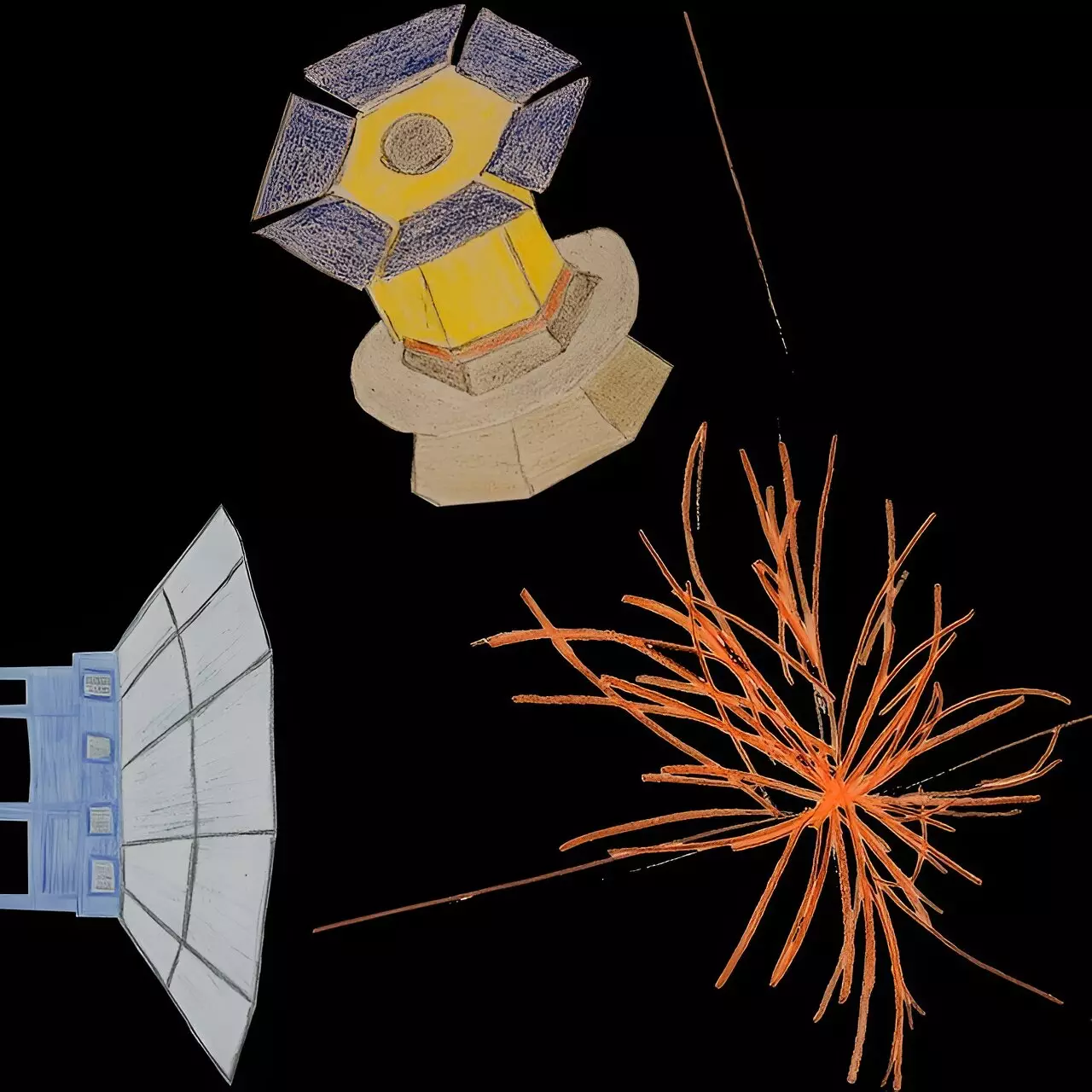In the coming decade, numerous large-scale astrophysical research initiatives are slated to occur, with several focusing on cosmic microwave background (CMB) experiments. These endeavors are significant scientific undertakings intended to detect and study CMB radiation, which comprises thermal radiation originating from the early universe. Researchers at the Université Catholique de Louvain in Belgium have recently indicated that forthcoming CMB observations with the Japanese LiteBIRD satellite or the primarily U.S.-funded CMB Stage 4 (CMB-S4) observatories could potentially measure the coupling of the inflaton field with other particles by detecting primordial gravitational waves. The results of their study, published in Physical Review Letters, suggest that such measurements could offer insights into the interconnection between cosmic inflation and particle physics.
The research conducted by Marco Drewes and Lei Ming signifies their profound interest in the interplay between particle physics and cosmology. Their latest paper builds upon earlier investigations by Drewes, which commenced in 2015 and served as the foundation for Ming’s Ph.D. project. Lei Ming, who was once a visiting Ph.D. student at UCLouvain and a member of Drewes’ research group, has now completed his studies and is currently employed at SYSU Guangzhou. The duo expressed that the uniformity of the observable universe is attributed to cosmic inflation, a phase of accelerated cosmic expansion around 14 billion years ago. However, understanding how this acceleration mechanism aligns with the fundamental laws of nature, particularly the Standard Model of particle physics, remains an intriguing challenge. The concept of “cosmic reheating” in the CMB data could provide crucial insights into this matter.
Cosmic reheating denotes the process through which the early universe transitioned into a hot plasma subsequent to being cooled by inflationary expansion. This progression laid the groundwork for the “hot Big Bang,” which led to the formation of the present universe. While previous studies have touched upon the idea of determining the universe’s initial temperature using CMB data, Drewes and Ming’s research delves deeper into the potential implications this data holds for understanding the relationship between CMB and particle physics. Reheating is driven by interactions involving the inflaton field, which powered cosmic inflation, and other particles, making it responsive to the inflaton coupling constant that dictates the strength of this interaction. The analysis by Drewes and Ming suggests that future experiments like CMB-S4 and LiteBIRD could enable the measurement of this fundamental coupling constant for the first time.
To simulate the reheating process, researchers must employ a blend of techniques rooted in particle physics, specifically quantum field theory, and statistical mechanics. Drewes and Ming utilized the Schwinger-Keldysh formalism in their earlier works to describe nonequilibrium quantum processes and determine the conditions under which the inflaton coupling could be constrained using CMB data. In their latest study, they employed Bayesian statistics to assess the feasibility of performing this measurement in upcoming CMB experiments by leveraging the detectors’ sensitivity to primordial gravitational waves. The researchers plan to explore the additional information that could be extracted by incorporating other observables such as non-Gaussianities in cosmological perturbations or the running of the spectral index.
The analyses conducted by Drewes and Ming underscore the promise of future CMB experiments in unraveling the connection between cosmic inflation and particle physics. The researchers hope that their findings will spur organizations like the National Science Foundation (NSF) to support CMB research, including initiatives at the South Pole that are currently scheduled for May 2024 and would pave the way for the CMB-S4 experiment.
The fusion of cosmic microwave background experiments with advancements in particle physics holds tremendous potential for expanding our understanding of the universe’s earliest moments and the fundamental forces governing its evolution. By probing the intricate relationship between cosmic inflation and particle physics, researchers like Drewes and Ming are poised to unlock new insights that could reshape our cosmological paradigm.



Leave a Reply